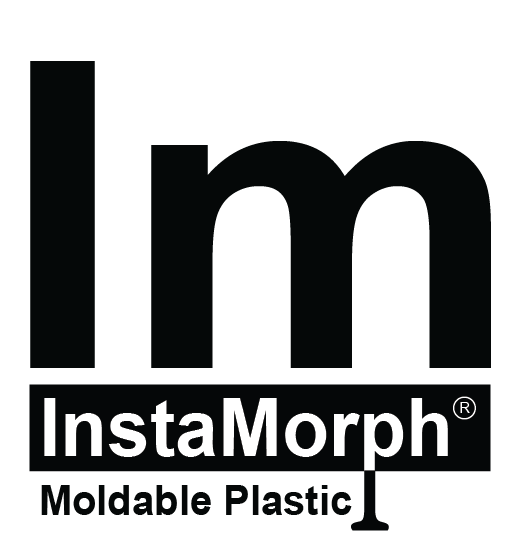Kevin is part of a Biomedical Engineering design team at Johns Hopkins University and has been using your product to design low-cost, re-moldable prosthetics for the developing world.
“We… eventually settled on InstaMorph due to the cost, density, re-mold temp and a few other considerations. Actually, we’ve become so dependent on InstaMorph, we’ve been calling our prosthesis the InstaLimb. Below are some pictures of our design and a short background into the problems we’re trying to solve.”
Background:
For over a year now, we have been working to solve the problem of appropriate prosthetics in the developing world. The clinical need for an innovation in this field is tremendous; two thousand new victims, every month, are maimed by landmines worldwide and 80% of these patients are unable to receive suitable prosthetic legs. The ones fortunate enough to receive any device at all walk on poorly fit sockets that can be extremely painful and even cause open sores. The tragedy here is that the regions most afflicted by landmines are the least capable of dealing with the aftermath.
Prosthetic legs in the US and abroad are extremely expensive and, considering a patient can go through at many as 25 throughout his or her lifetime (due to limb atrophy and fit considerations), these costs can become insurmountable for patients living on less than a dollar a day.
We are developing a new system to solve these problems. We are designing a device that can be remolded to fit the patient’s changing residual limb. This reduces or eliminates the need for these costly replacement devices and could save the amputee thousands of dollars over a lifetime. In addition, we are decreasing fitting time from one week to only hours by eliminating the need for expensive and time-consuming mold making procedures. Our device can be molded directly to a patient’s limb, sized, and assembled in one visit.
We are hopeful our device will be successfully implemented and will assuage the suffering of the nearly 10,000 new amputees every year who are denied access to appropriate prosthetics.

